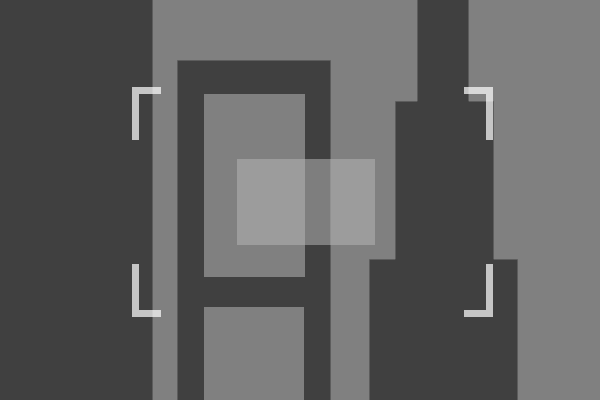Learning to Print
-
Recently Browsing 0 members
- No registered users viewing this page.
-
Similar Content
-
- 7 replies
- 254 views
-
- 4 replies
- 257 views
-
- 40 replies
- 3,015 views
-
- 28 replies
- 878 views
-
- 8 replies
- 513 views
-



Recommended Posts
Join the conversation
You can post now and register later. If you have an account, sign in now to post with your account.
Note: Your post will require moderator approval before it will be visible.